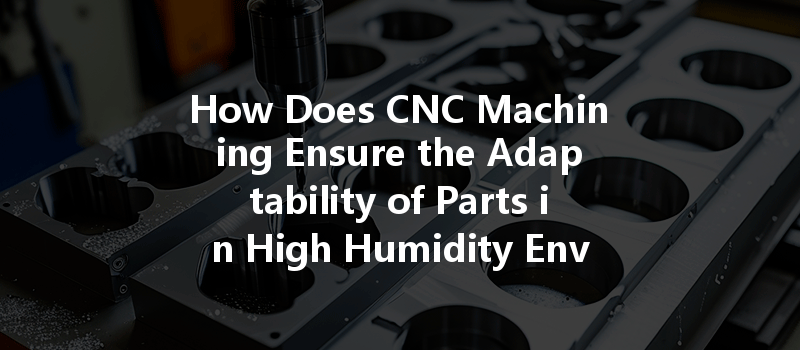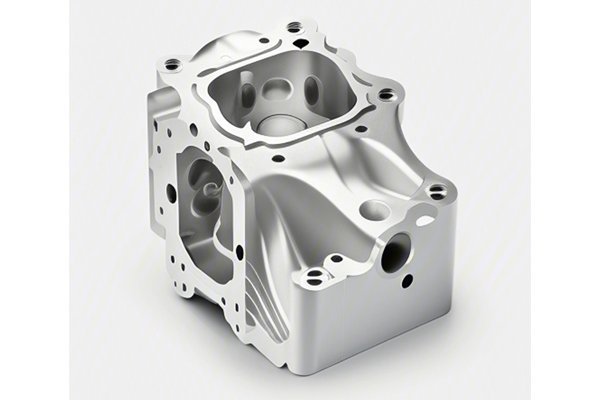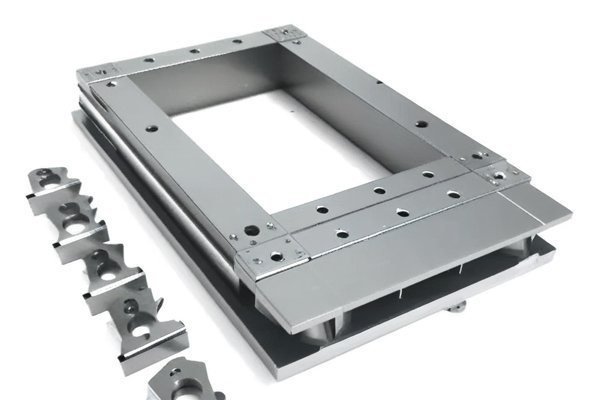Did you know that over 40% of manufacturing facilities globally operate in environments with humidity levels that frequently exceed 60%? Humidity can significantly impact the performance and durability of machined parts, particularly in industries such as aerospace, automotive, and marine applications. As such, ensuring that CNC machined components can thrive in high humidity environments is crucial for manufacturers and engineers alike. But how does CNC machining accommodate this challenge?
In this comprehensive blog, we’ll dive deep into the adaptations, techniques, and best practices in CNC machining that can bolster the resilience of parts when faced with elevated humidity. From the material selection process to surface treatments, we’ll cover every detail to help you understand how to optimize CNC machining for humid environments effectively.
The Impact of High Humidity on CNC Machining
High humidity can negatively affect materials in various ways, causing issues such as corrosion, swelling, and distortion of the machined components. Understanding the implications of these environmental conditions is crucial when designing and manufacturing parts.
Metal components are susceptible to corrosion, especially when moisture is coupled with salinity. Standard steel parts can exhibit rust formations that weaken structural integrity, leading to failures.
Humidity levels influence temperature and moisture level variances, affecting materials’ dimensions over time. Metals can expand when exposed to moisture, leading to dimensional inaccuracies in the machined parts.
Humidity can impact the finishing processes, causing surface imperfections that may compromise the part’s performance. Proper attention to surface finishes is vital in humid conditions and should be accounted for during the machining process.
Solutions and Techniques to Ensure Adaptability
Choosing the right material for CNC machining in humid environments plays a pivotal role. Specific alloys and treatments can be used to enhance resistance to humidity.
Surface treatments can significantly enhance the performance of CNC machined parts in humid conditions. Several surface finish techniques can be employed:

Integrating design principles that minimize the effects of humidity is a wise approach:
Maintaining controlled humidity levels in the manufacturing facility can significantly improve the outcomes of CNC machining processes. Implementing humidity control systems can ensure a stable environment that minimizes variations in material behavior.
Implementing stringent quality control measures is vital to ensure that parts meet necessary standards under humid conditions:
Innovations in CNC Machining for Humid Environments
As technology progresses, innovative solutions are evolving to address the challenges posed by high humidity:
Research is ongoing into novel coatings which not only provide moisture-resistant properties but also enhance wear resistance, making parts more adaptable in challenging environments.
Developing materials often dubbed “smart materials” that can change properties in response to environmental factors is proving to be a frontier in combating humidity-related production challenges.
In conclusion, navigating the complexities of CNC machining in high humidity environments requires careful consideration across multiple dimensions, from material selection to environmental control and quality assurance. The myriad of solutions, including appropriate material choices, surface treatments, innovative design considerations, and controlled manufacturing environments, can ensure that machined parts retain their integrity and performance.
As manufacturers globally face the challenges that come with dynamic environmental conditions, the methods discussed offer actionable advice to uphold the quality and reliability of CNC machined components in humidity-prone settings. Addressing these challenges is not only essential for maintaining operational efficiency but is also critical in preventing costly failures that stem from inadequate material performance.
Thinking ahead, it is imperative to continually assess and adapt CNC machining strategies to accommodate various environmental challenges, especially humidity. Investing effort in these methods doesn’t just protect products—it ensures safety, reliability, and longevity of components vital in numerous applications. Ultimately, understanding the adaptability of parts in humid environments is essential for any manufacturer aiming to thrive in today’s competitive landscape.






